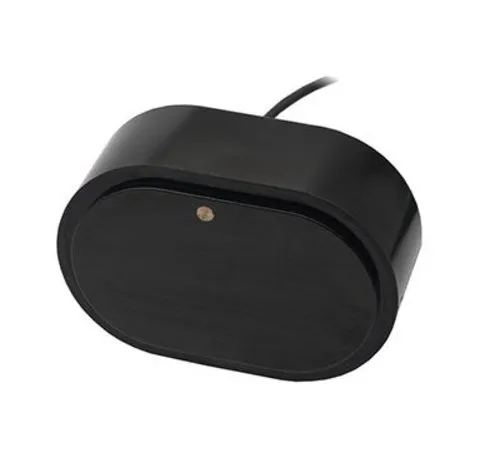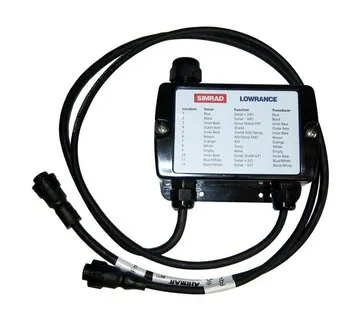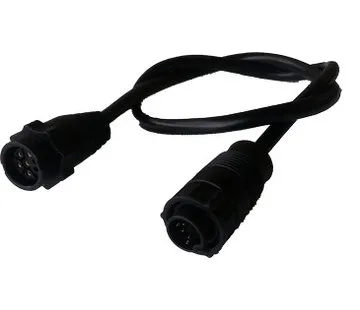Airmar Xsonic CM275LH-W, urethane, tank mounted CHIRP transducer ideal for sport fishermen and commercial vessels 8 meters (25 ft) and above. This dual channel transducer combines CHIRP low frequencies down in deep water with high CHIRP accurate tracking at a constant 25° beamwidth for best resolution and coverage in the upper water column and shallower.
Black 9 pin connector: Cable length 10 m (33.0 ft)

Key Features CM275LH-W
Low 42-65 kHz CHIRP at 25-16° beamwidth
150-250 kHz CHIRP High with wide 25° beam large fish targets
Up to 1200 m (4000 ft) with low range CHIRP
8 internal broadband ceramic
Tank mounted housing with urethane (Can not Be pocket mounted)
Suitable for fiberglass and wood hulls
Ideal for business travelers and sport fishing vessels 8 m (25 ft) and up
Recommended for use with the BSM-3 Broadband echo sounder module
Dual Channel CHIRP
Using pulsed transmissions swept across a range of frequencies, CHIRP technology delivers target resolution and depth penetration superior to traditional single-frequency sonar. This dual-channel CHIRP transducer operates in the 42-65 kHz CHIRP Low Frequency rows with 25-16° beamwidth and 150-250 kHz CHIRP High Frequency ranks with 25° beamwidth. With low CHIRP the CM275LH-W Provides a working depth of 1200 m (4000 ft).
Wide Angle CHIRP
Ideal for anglers, the CM275LH-W wide-angle technology brings constant 25° beamwidth across the converter from 150-250 kHz CHIRP high frequency range. This provides up to twice the coverage under your boat, fish and allows for better detection in the upper water column, relative to the narrower beam of other high frequency CHIRP transducers.
Depth / Temperature
One sensor does it all. Able to measure both depth and temperature in a single package, the W-CM275LH simplified installation and only requires one cable to your echosounder unit or multifunction display.
Mounting
With urethane housing, the CM275LH-W is suitable for installation in tank fiberglass and wood hulls. Tank mounting the transducer seats in seawater-filled tank on the outside of the hull, the active face of the transducer and sides exposed to seawater in the tank. A hole be inserted through the hull to feed the transducer cable through a stem or fill tube.











